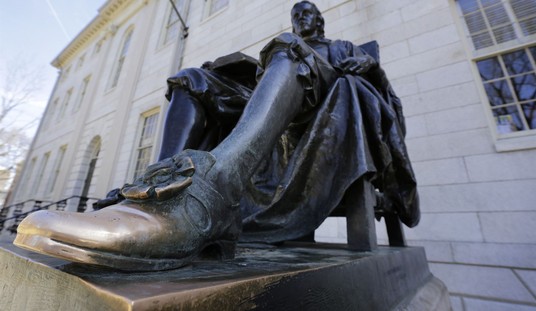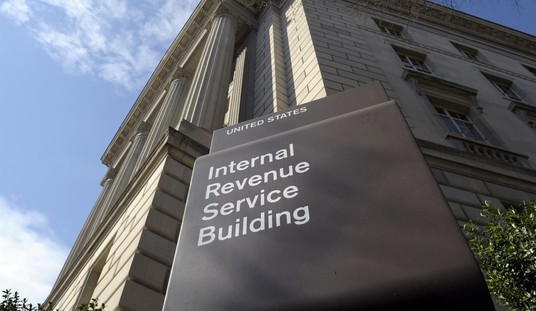2011 may not have been the Year of the Infographic, but it was certainly a year that saw a significant increase in the proliferation of pint-sized but powerful visual aids, both on the web and in print. However, though infographics can convey a wealth of information in a compact, creative, and engaging format, the usual principle of caveat emptor applies. Yes, infographics can convey information with an efficacy that written text cannot, but they certainly don’t have a corner on the accuracy market. Rather, they’re merely data displays (albeit frequently engaging ones), so the principle of GIGO fully applies, as does the simple fact that they can be designed to demonstrate anything their authors wish.
The particularly well-done infographic will convey more information than its surface-level appearance suggests. One particular example of such a graphic comes to us courtesy of the good folks at the University of California-Santa Cruz. Displayed below, this graphic purports to break down the membership of the U.S. Congress according to population-wide income brackets. On the surface, it’s pretty straightforward, and accurately conveys the very high percentage of sitting Senators and Representatives who fall into the top 10% of the American population in terms of wealth. Now, it’s no secret that there are some pretty wealthy people in Congress, and this graphic clearly demonstrates that. However, it also suggests something else, which astute political observers can probably quickly figure out:

The subtext is twofold, with both parts stemming from the authors’ color choices. First, that Republicans – represented in red on electoral maps with particular commonality since 2000 – are the wealthy, corporatist, out-of-touch representatives of “the 1%,” while Democrats – represented, of course, by the color blue – are the middle-class representatives of average Americans everywhere. Second, and in keeping with the narrative that both Congressional Democrats and President Barack Obama have been pushing at every recent opportunity (link | link | link, just for a few examples), the graphic suggests that Democrats represent a tiny minority in both House and Senate. Neither is true, of course; 29 of the 50 richest members of Congress are Democrats (as are 7 of the top 10), while the Senate is controlled by a Democrat majority. However, though the graphic itself does not purport to address party affiliation in any way, the dual subtexts are clear – and they serve to reinforce the dual narratives pushed from the Oval Office to the media, that Republicans both represent (and are members of) the evil 1%, and control both houses of our bicameral legislature. I personally assume that this is entirely intentional, though it is admittedly an assumption.
Here’s is a database of Congressional wealth. Feel free to search through it on your own, with the caveat that every listing of such wealth is an estimate based on publicly available information.













Join the conversation as a VIP Member